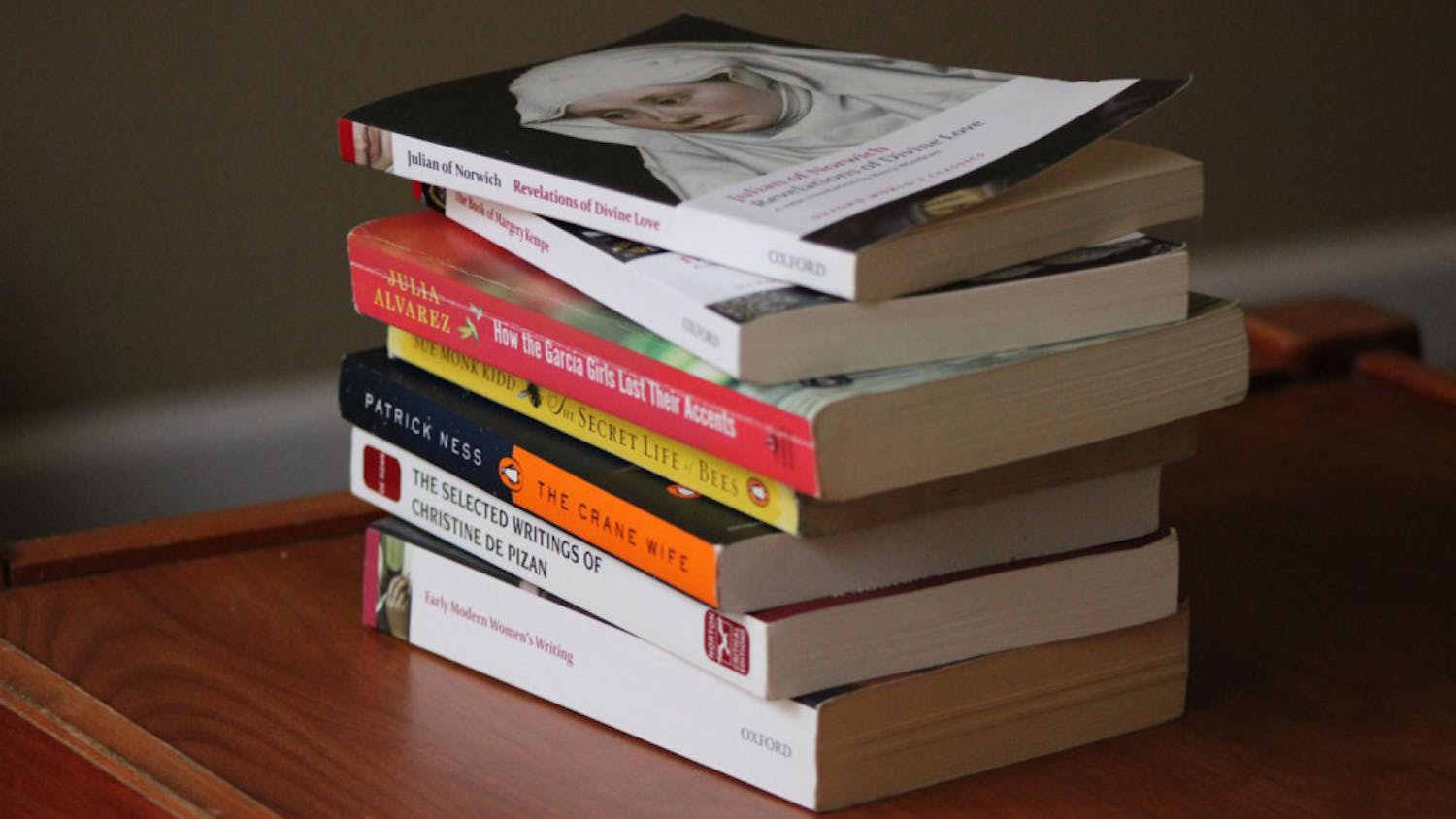Q) Could you dig a hole through the center of the Earth to create a super-fast highway to China?
A) No! You could not! Directly below your feet right now is actually the Indian Ocean (assuming you are reading this in the United States and not in the far-flung future where everything written by the Engineering Dream Team is venerated and kept as holy records in the Museum of Science on the North Pole, in which case the South Pole is below your feet). You could probably build a “train station” there and use normal trains or helicopters or something to get you to the nearby countries like Australia, China, and Japan. (It’s at least way, way closer than we are.)
Now onto the problems with this plan that you will have to solve to get your center of the earth railway up and running: firstly, the center of the Earth is hot. Really hot. Like full of molten iron and stuff. It is an estimated 7,232 degrees Fahrenheit. (Metals like iron melt at around 2,750 degrees, so that’s really hot.) So you are going to need some awesome air conditioners or something in there to keep it reasonable.
Now we have to decide how you are going to travel through the super tunnel (around 8,000 miles long). We vote for a cool metal capsule that you load the people and stuff into and then a sweet huge robotic arm loads you into the vaccum sealed tunnel and drops you into the tunnel.
The tunnel does need to be emptied of air and everything. If you have any air or dust particles in your tunnel you will have a lot of friction. First of all, that’s gonna heat your awesome metal capsule up a lot, like a spaceship coming in for reentry, which should be avoided if possible. Secondly, the air friction will slow you down, so you will stop at terminal velocity, so you will only have enough momentum to make it part of the way back out the other end and you will need rockets or something to push you the rest of the way (which is not ideal). Since our tunnel will be a complete vaccuum, our capsule will continue to speed up the whole way down, getting an incredible velocity by the time it hits the center of the Earth.
A falling object not affected by wind or any other resistance moves using the equation y=(1/2)*g*t^2, where y is how far it has moved from its starting position (in our case 4000 miles to the center of the earth), g is the force of gravity (32.2 feet per second squared), and t is the time in seconds (which we are going to solve for). By solving that equation for t, we can find that it should take us 1,142 seconds to reach the center of the Earth, which is 19 minutes. After that point “down” will change for the people in the capsule and they will suddenly be going upwards at a huge speed. The huge velocity they will have at that point (around 36,800 feet per second or 25,000 miles an hour) will carry the capsule the rest of the way back up to the Indian Ocean station. In fact, if there is no friction at all in the tunnel, they will take the exact same amount of time as they took to reach the center (1,142 seconds), and when they reach the exact height above sea level as when they started in America they will be going exactly zero miles an hour.
The total trip would be an estimated 2,284 seconds or 38 minutes. The estimated travel time by plane to Australia from here in the U.S. is about 15 hours (assuming your plane doesn’t make stops). So, you just saved a lot of people a lot of time. That flight to Australia also would take a lot of fuel, whereas our capsule just used a grand total of not a single bit of fuel to get here, using nothing but sweet gravity. So assuming you could somehow make this giant tunnel through the Earth and keep it reasonably cool and completely free of any air or dust, it would be totally awesome. So get someone to work on that, or give someone here a couple billion in grant dollars and we will get on it for you (after we do some critical research in Vegas).
Thanks for sending in your questions and thanks for reading our column this year! Will we be here next year? We both will and won’t, and until someone observes it, this will be Schrodinger’s Column!




